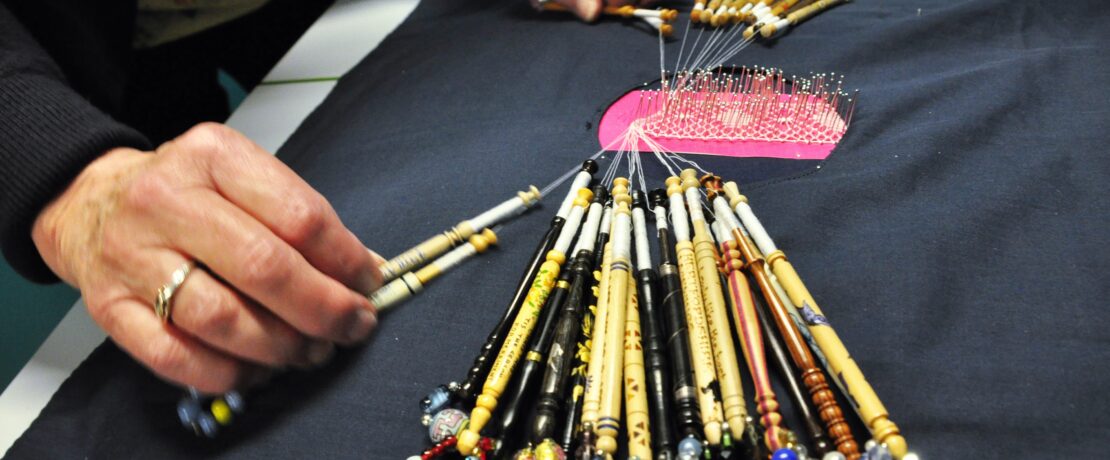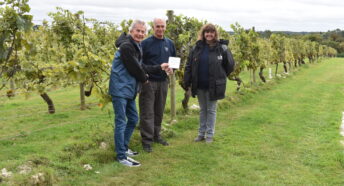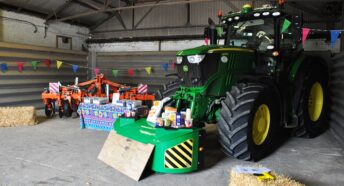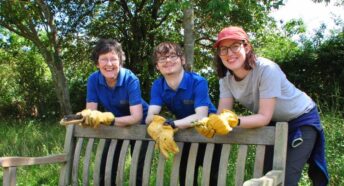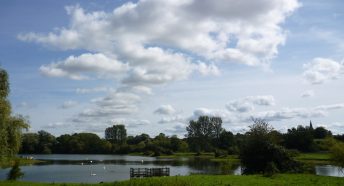A sense of history
The Living Countryside Awards give our team a chance to explore the county, discovering its hidden corners and fascinating nuggets of history.
The 2023 awards were no exception, and we visited several projects where learning about the history of the site or activity was an added bonus.
Iron Age Archaeology
As well as being a wildlife rich site, Mowsbury Hillfort is a scheduled monument. It comprises an early Iron Age slight univallate hillfort, which means it had defences of a single bank and ditch. Hillforts of this type might have been livestock enclosures, places of refuge or permanent settlements. Today only the southern and western ramparts are clearly visible.
In the medieval period a moated site was built, which included a dwelling and fishponds. Later maps show a milking yard, brickfields and orchards, showing a site that has been well used.
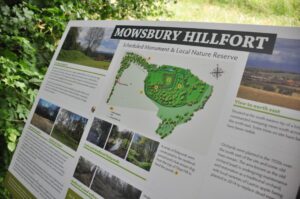
Part of the mission of the Friends group is to preserve and maintain the visibility of the archaeological features, interpretation boards and a leaflet help visitors understand the history and layout of the site.
Monastic grapes and pears
The Warden Abbey Vineyard was originally planted by medieval monks at the Cistercian Abbey. They created a Great Vineyard (possibly about 24 acres) and an adjoining Little Vineyard (just over 16 acres), probably before the end of the 12th century. There was no evidence of grape-growing after the abbey was surrendered to the Crown in 1537 during the Reformation.
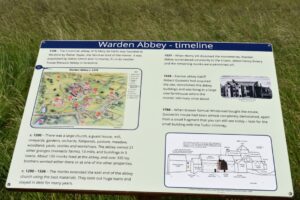
The wine would have been used in a variety of ways in the monastery, the best wine was kept for services, high ranking clergy and special guests. Other uses included flavouring food, as a preservative, disinfectant, insect repellent and tonic. Wine mixed with water was widely drunk as the alcohol helped to kill bacteria found in water.
The Warden pear was once believed to have been introduced to England by Cistercian monks during the Middle Ages, taking its name from Warden Abbey. However, it’s now thought that ‘warden’ was a general term for a hard cooking pear. The name probably has its roots in the Anglo-Norman word warder, meaning ‘to keep or preserve’ and its capacity to last throughout the winter was one of its most important qualities.
Common land
Today The Friends of Studham Common help manage the Common as a haven for wildlife and a place to relax, but for centuries it was Common Land. Studham Common was probably in existence from as early as the 12th or 13th centuries. Common rights are likely to have included grazing for livestock, cutting of gorse for fuel, the removal of turf and digging for stone and other materials. Up until the mid to late 19th century the Common was considerably larger than its current size, extending south into Hertfordshire. Around two thirds of the overall site was lost through enclosure, with landowners taking it into private management. However, the Bedfordshire part of the Common was never enclosed.
During the Second World War, the grassland areas were ploughed to grow vegetables as part of the Dig for Victory campaign.
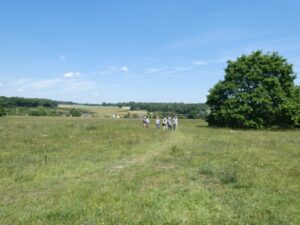
Oral history
A successful bid from the Bedford High Street Action Zone Fund enabled Aragon Lacemakers to make a video capturing the recent history of Lacemaking and the High Street. The film includes the memories of current members of the group, as they reflect on lace shops and suppliers in Bedford over the decades, and the historic heritage of the lace on Bedford High Street. The stories captured here will be invaluable for future historians.
A QR code linked to the video is included in a display at The Higgins Bedford. The exhibition explores some of the earlier history of lacemaking in Bedfordshire from its beginnings in the 1500s when Huguenot refugees, fleeing religious persecution, settled in the area bringing their skills with them. Lacemaking continued to support the rural economy until the mid 1800s, when machine-made lace was invented.
Harnessing history
For local action groups, like Save Steppingley Road Field, understanding and communicating the history of a place under threat can be an important part of their campaign.
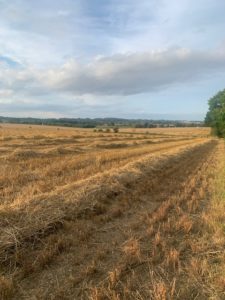
We explored the history of Steppingley Road Field, telling its story through the centuries in a feature published in 2022.
See the full results list from the 2023 Living Countryside Awards.
